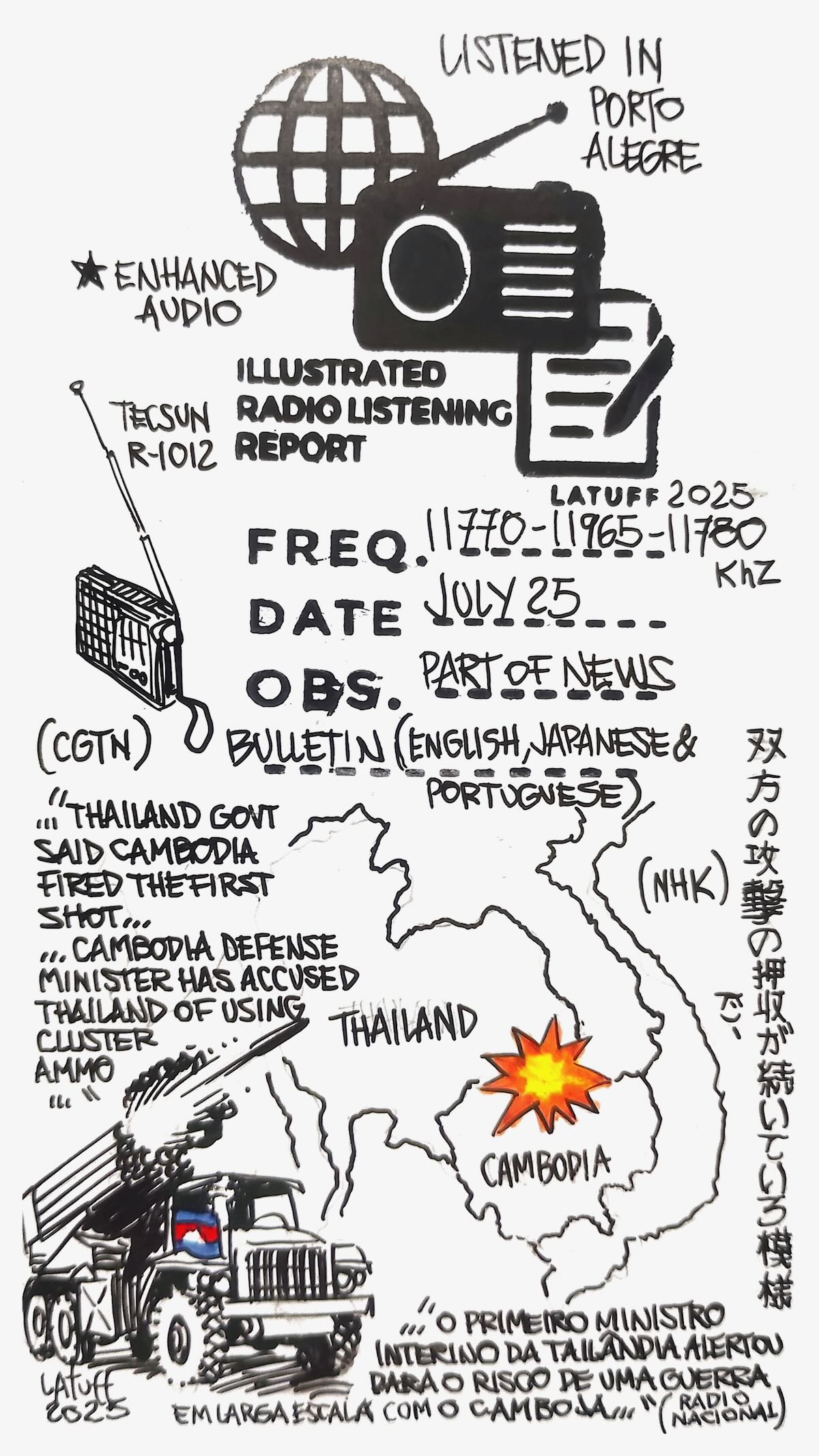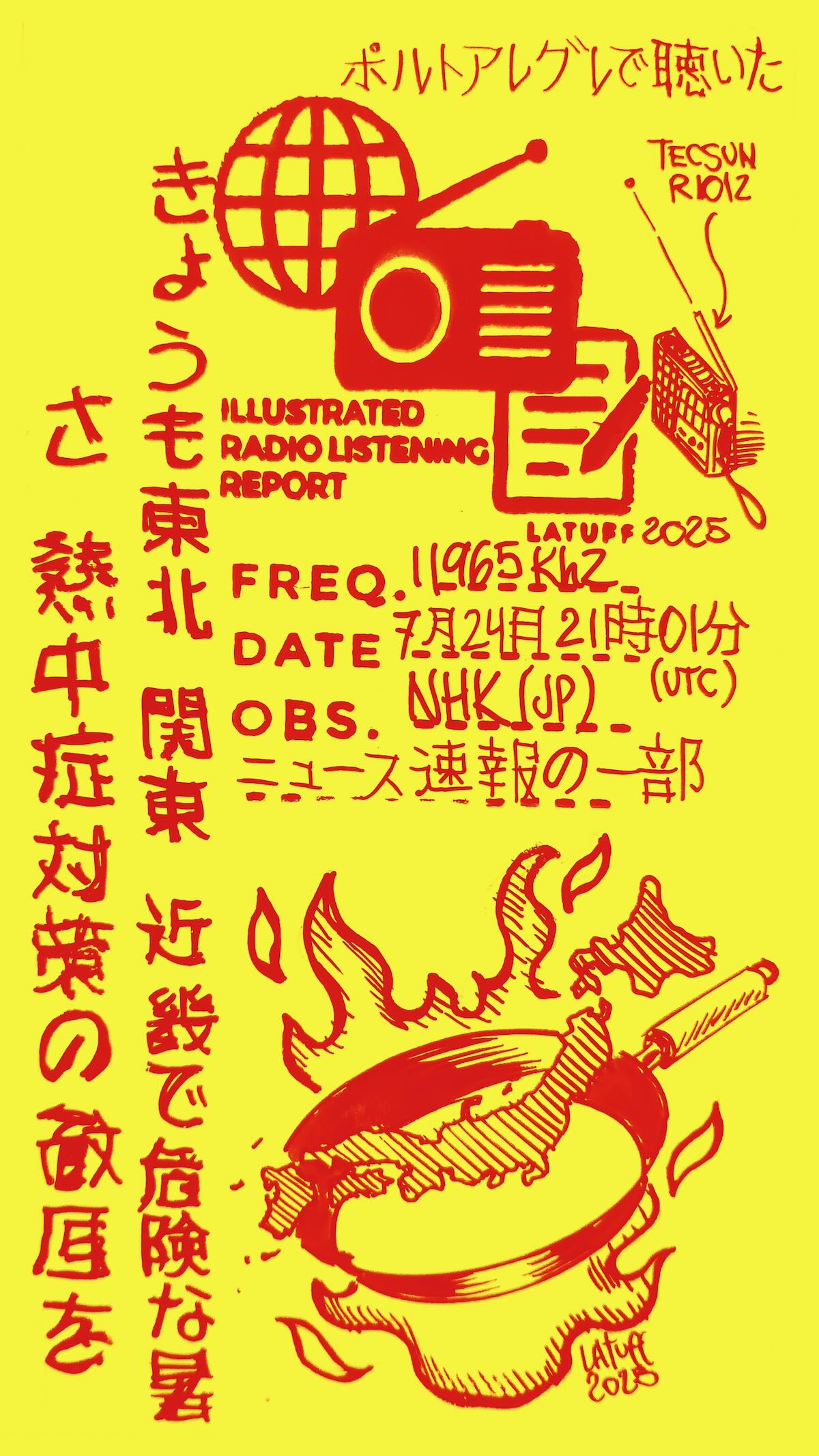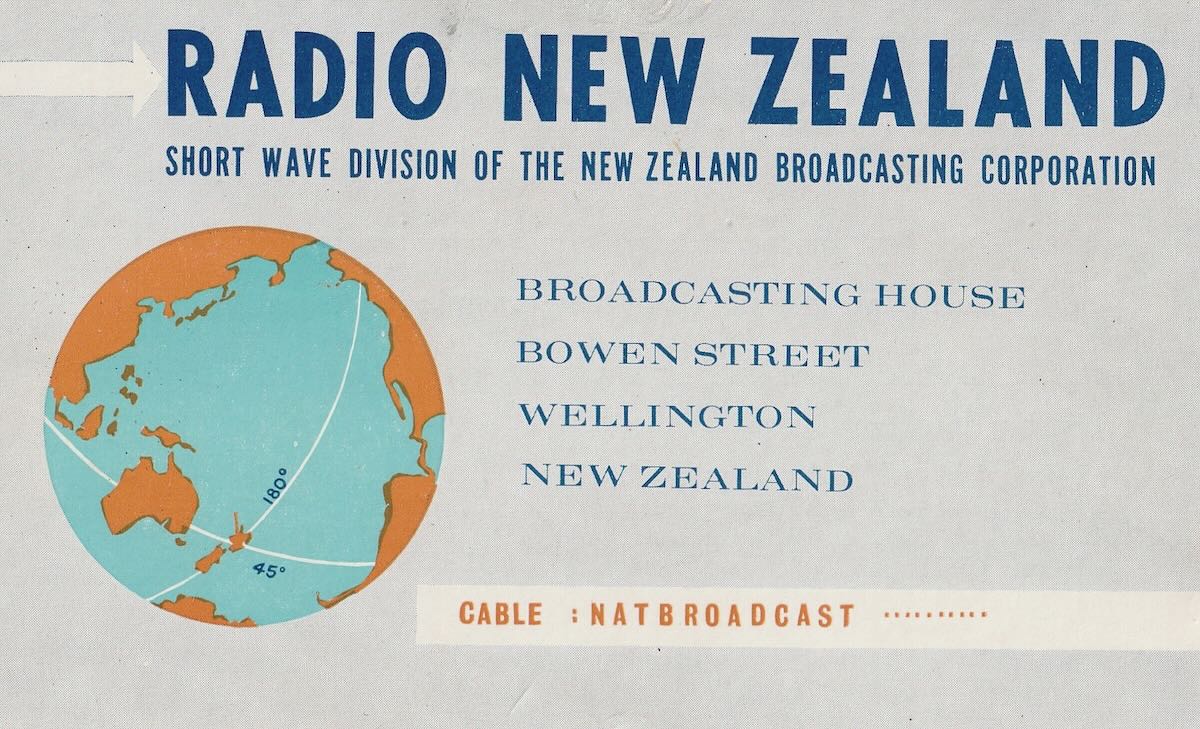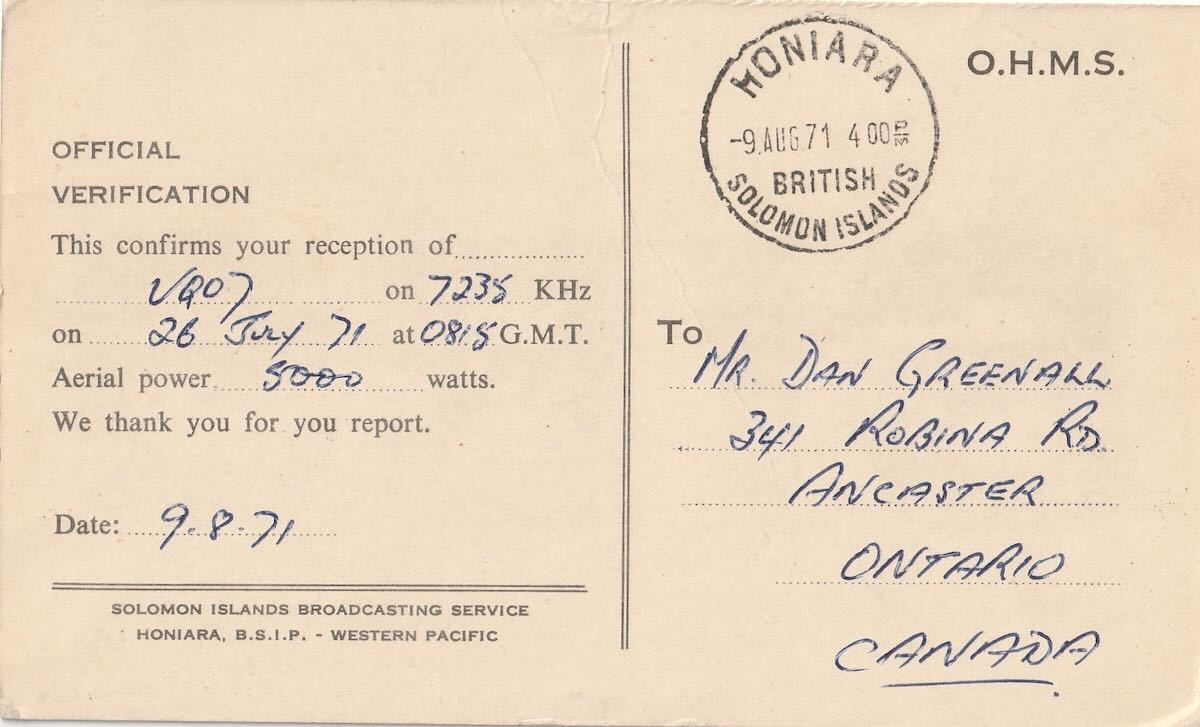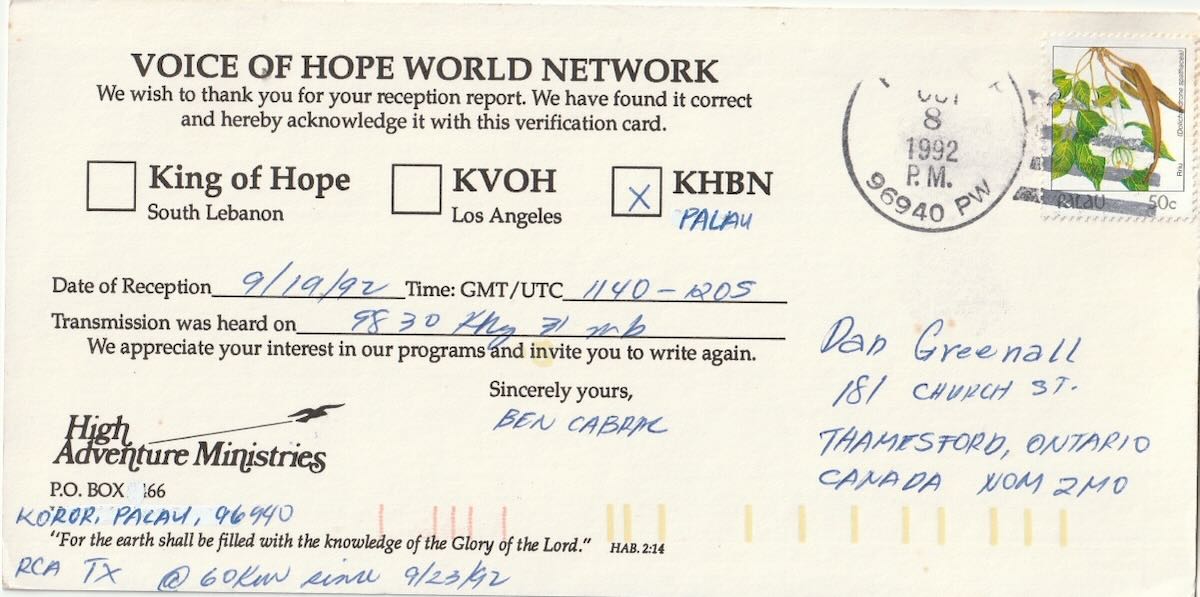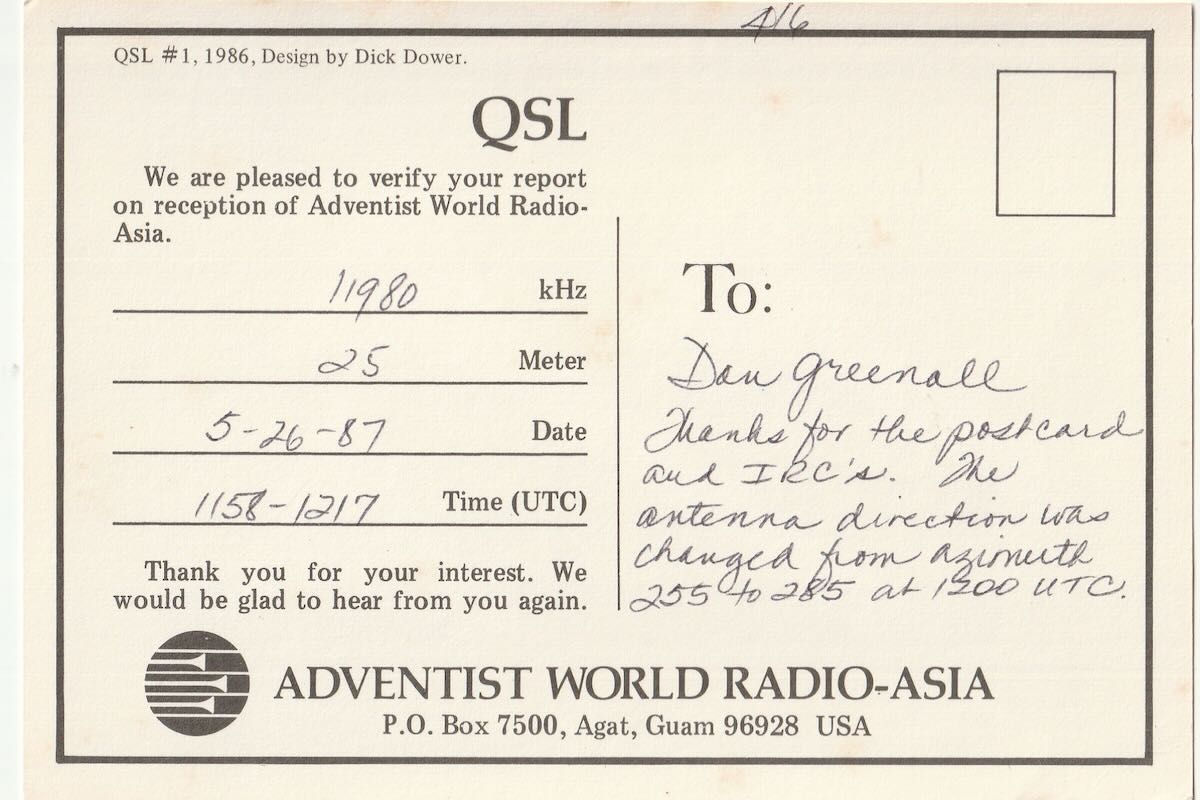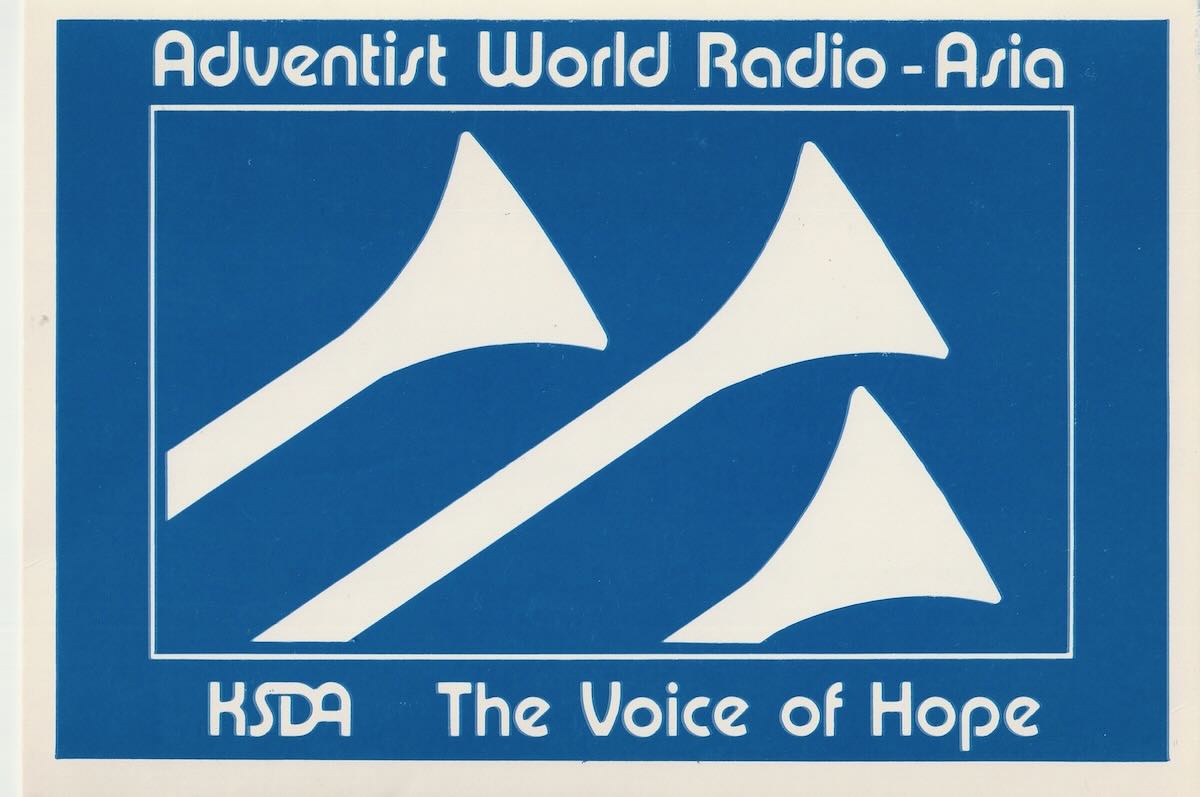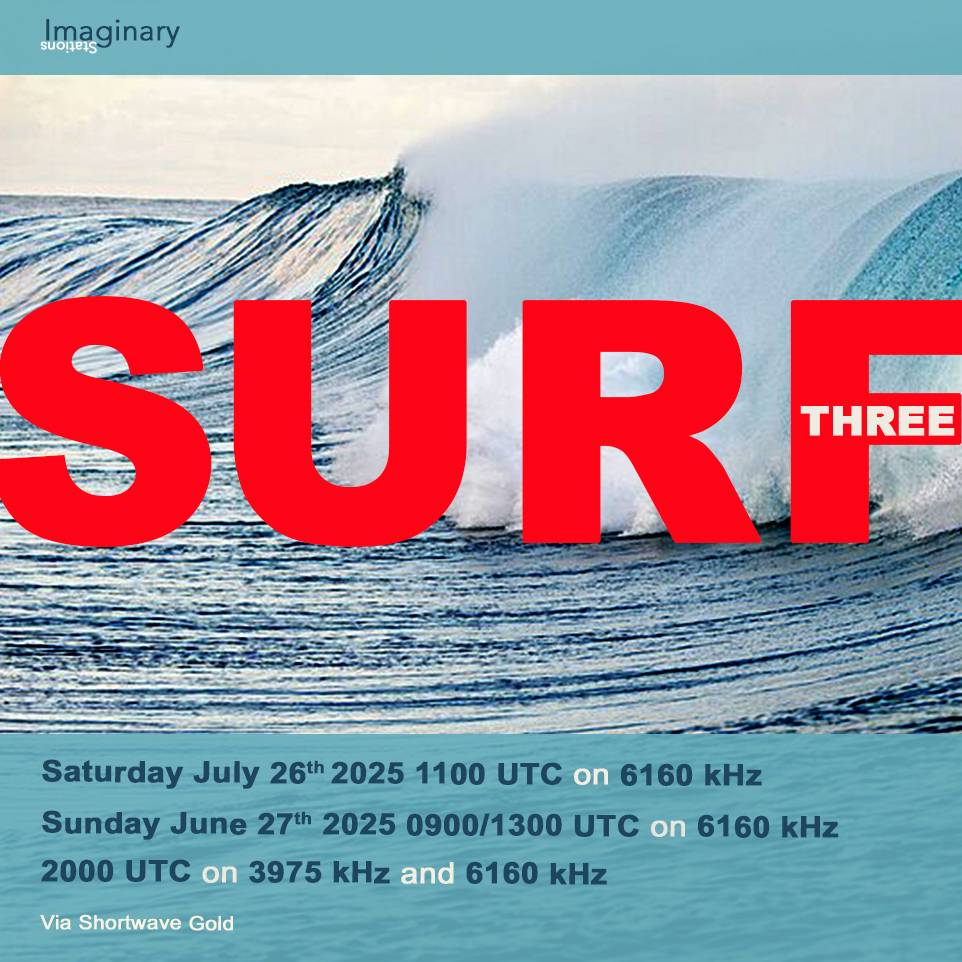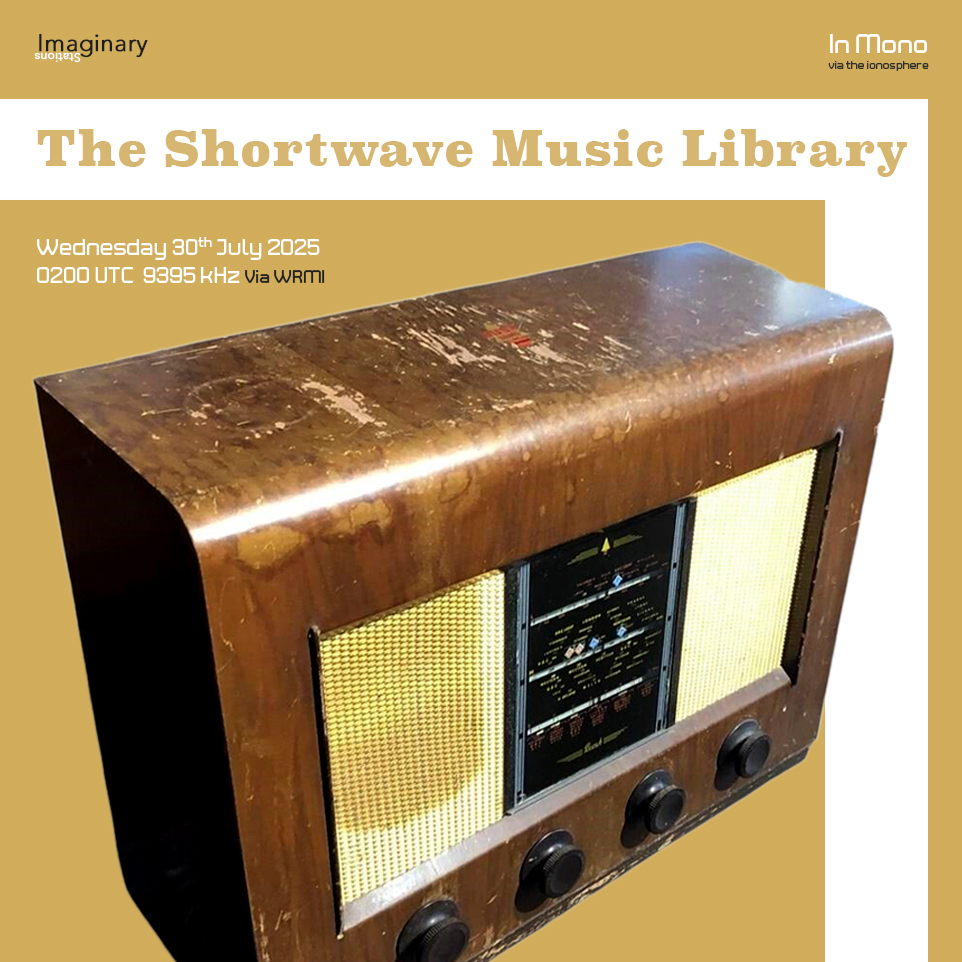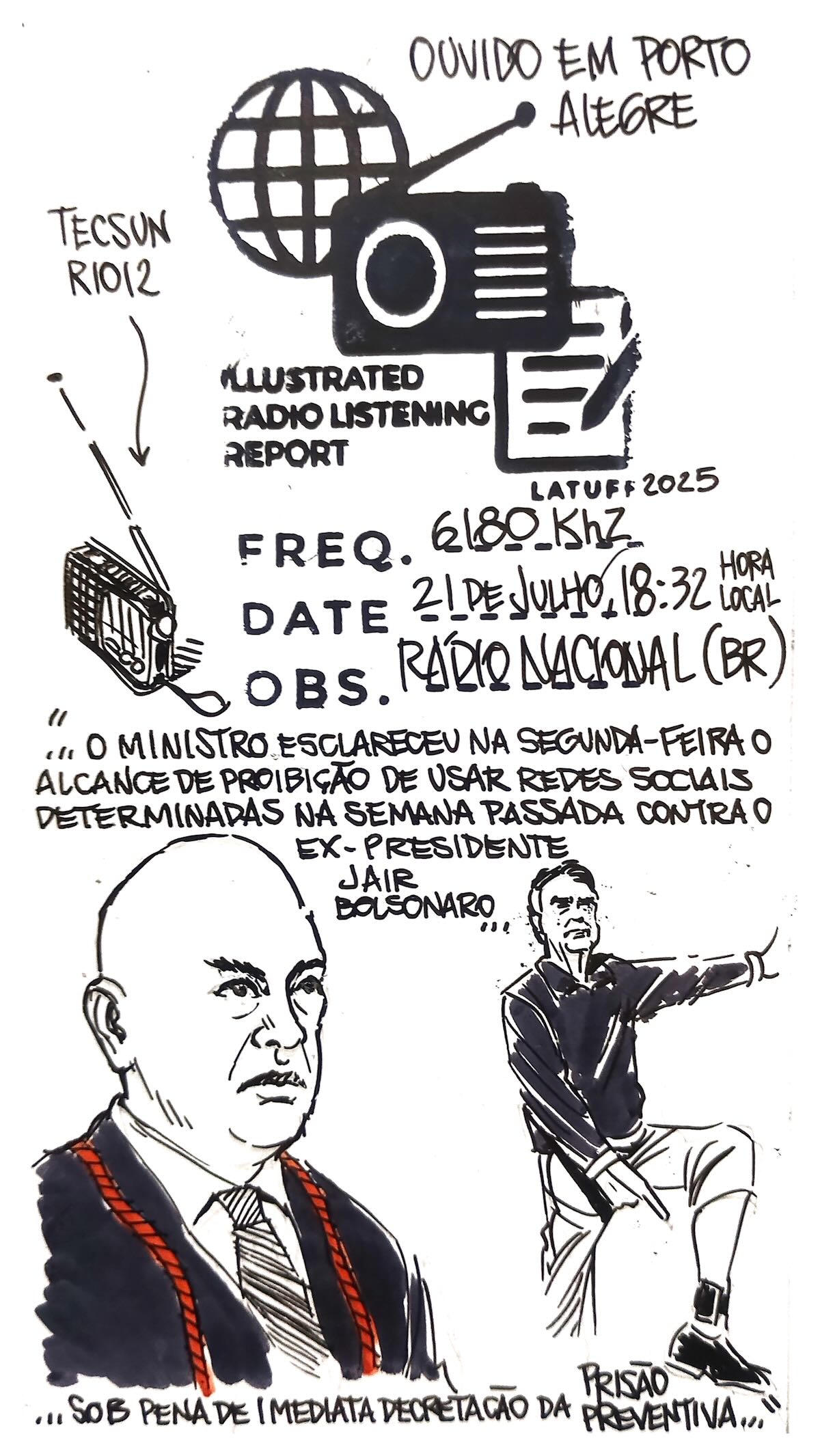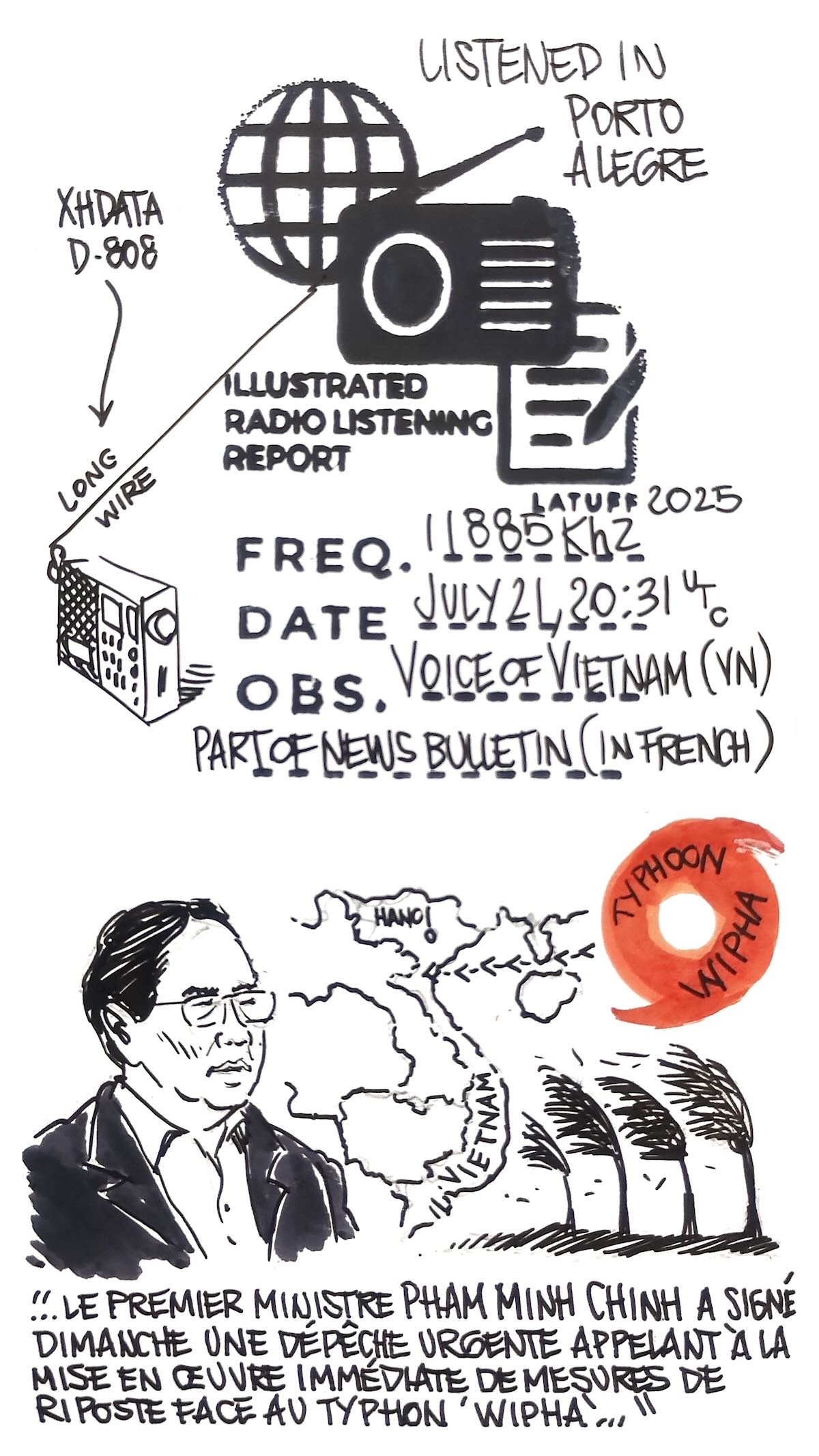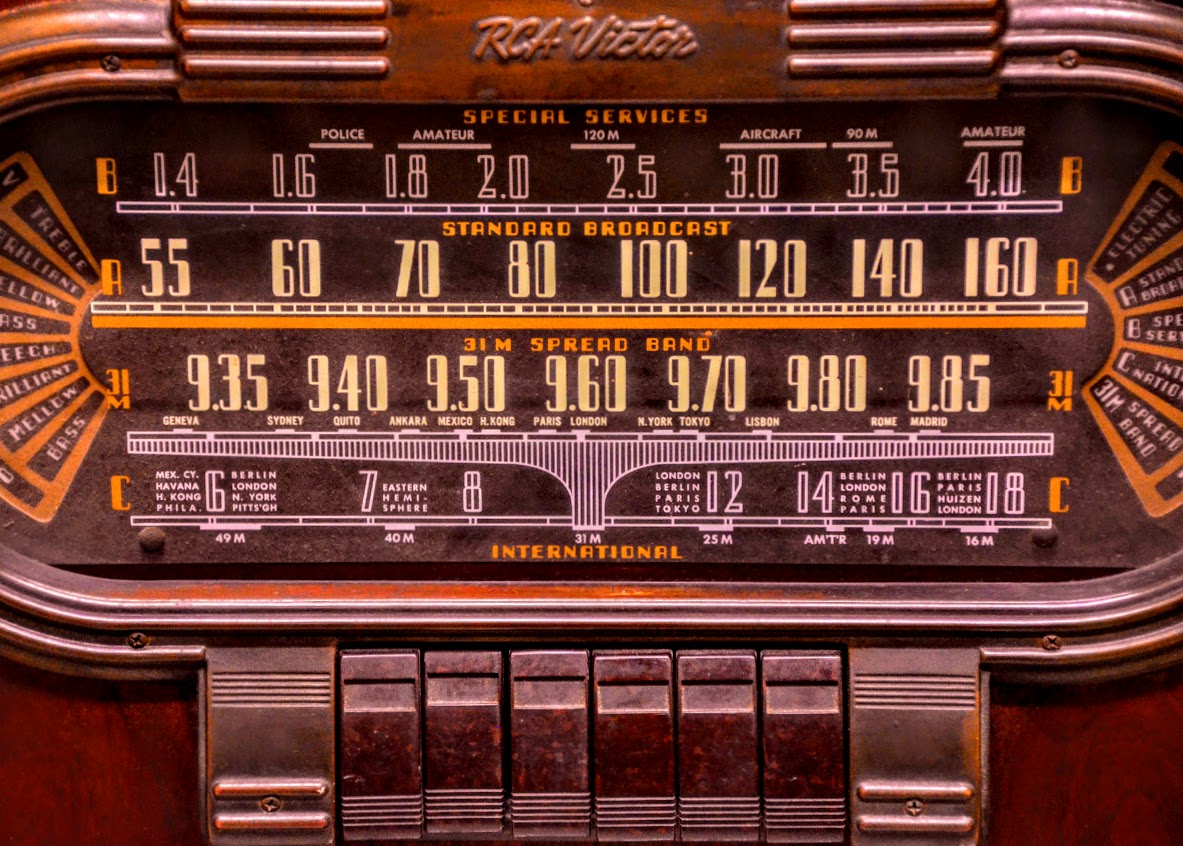 By Brian D. Smith, W9IND
By Brian D. Smith, W9IND
It’s Brickyard 400 week in Indianapolis, and the checkered flag awaits – not only for NASCAR drivers, but also for radio enthusiasts who’ve contacted all three of the 2025 special events staged by amateur radio station W9IMS. From now through the end of Sunday (Race Day), hams and SWLs who’ve already bagged the station during the two previous races at Indy can claim their Checkered Flag Award by working or tuning in W9IMS a third time.
The special events’ organizer, the Indianapolis Motor Speedway Amateur Radio Club, also offers new and unique QSL cards for each race, providing collectible consolation prizes for those who don’t complete the clean sweep (and welcome extras for those who do).
The month of May witnessed the first two steps toward the colorful certificate with a full week of special event operation devoted to each major race at the Speedway – the IndyCar Grand Prix and the venerable Indianapolis 500. Then came a two-month wait for the third race, the Brickyard 400, which will go green on Sunday, July 27. This week’s special event will continue through the end of Race Day, with midnight in Indy (0400 UTC Monday) marking the end of on-air activity for W9IMS until May 2026.
W9IMS operates almost exclusively on 20 and 40 meters (and occasionally 2 meters on Race Day morning for fans in the stands and locals). Preferred frequencies are 14.245 and 7.245 SSB, plus or minus QRM, and 146.52 simplex FM.
A few tips on locating W9IMS:
- Check DX Summit (www.dxsummit.fi) for spots listing the current frequency or frequencies of W9IMS. You can customize your search by typing “W9IMS” in the box at upper right.
- Go to the W9IMS web page (www.w9ims.org) and look for the heading, “2025 Operating Schedule.” Click on the “NASCAR 400 at the Brickyard” link, which opens into a weeklong schedule of individual operators and their reserved time slots. Although operators frequently get on the air at unscheduled times, your odds of catching the station improve significantly during hours with a listed op.
- Prime time for weeknight operations is 6 to 10 p.m. in Indy (2200-0200 UTC). That’s also your most likely shot at finding W9IMS active on two bands. However, operators may continue till 11 p.m. or later if band conditions allow. It can also be fruitful to check DX Summit during mornings and early afternoons.
- Remember that the published schedule can be shortened by adverse circumstances, such as local thunderstorms, a lack of calling stations, and solar anomalies. Don’t wait till the final hour to look for W9IMS.
- But if you still haven’t worked W9IMS by the final weekend, don’t give up too soon. Toward the end of the special event, W9IMS ops often call for “only stations that haven’t worked us this week” and/or switch to contest-style operations, exchanging just signal reports to put more calls in the log.
- Keep in mind that both hams and SWLs are eligible for QSL cards and the certificate. So if your ham station isn’t able to work W9IMS by Sunday night, you can combine your two previous QSOs with an SWL report to fulfill the requirement for three credits. Just copy down the basic details – such as date, frequency, UTC, and the callsigns of several stations you heard W9IMS working. SWL reports count as credits too, although the certificate will likely feature your name instead of your call.
- Still have questions? Email [email protected] for answers.

